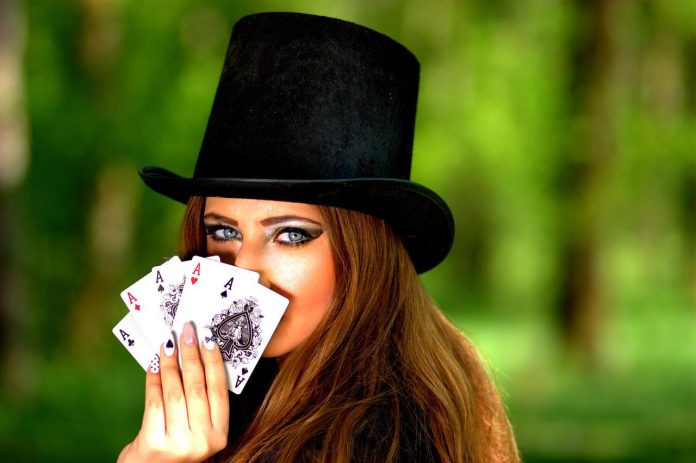If you’ve ever struggled to work out what someone’s thinking, whether it’s your business partner or your boss, chances are they’ve mastered the art of the poker face. Described as an “an inscrutable face that reveals no hint of a person’s thoughts or feelings” alongside poker players, politicians, celebrities, and industry leaders are known to put on their best poker face when in high pressured situations. However, the ‘poker face’ also pops up in everyday life – and the chances are, when you come across it – you’ll struggle to read it.
To help you decipher what’s going on beneath the surface, poker experts at Jeffbet have shared some expert tips on how to read a poker face – both on and off the table. A spokesperson from Jeffbet said: “Alongside poker, where it’s common for a player to deliberately hide their facial expressions, it also happens in many other scenarios, including in job interviews or business meetings. However, there is one way to read a poker face that many people aren’t aware of. The key is to look out for microexpressions, which arise subconsciously and cannot be deliberately evoked or suppressed. Microexpressions can be quite difficult to detect, as they last for just 0.5 seconds, however with some practice, you can learn how to spot them.”
How to read a poker face
There are seven microexpressions to spot, however, unlike regular facial expressions which last up to four seconds, these quick-fire facial movements will last just half a second, so it’s important to focus – as they won’t be obvious.
From how to spot a fake smile to uncovering contempt, we’ve rounded up the things you need to look out for when verbal cues just aren’t cutting it.
1 Surprise – If someone is surprised, their eyebrows are likely to be raised and curved, and you may notice horizontal wrinkles across the forehead. Without staring, notice if their eyelids are open, with the white of the eye showing above and below the pupil. Their jaw may slightly open, too, but there will be no tension or stretching of the mouth.
2 Fear – When a person is trying to hide fear or anxiety, their eyebrows will be raised and drawn together, usually in a straight line. They many also show wrinkles in the centre of the forehead just between the eyebrows – but not across. Their eyes may have the upper white showing, but not the lower white.
3 Disgust – Hiding disgust is difficult, however there are some subconscious facial movements to look out for. The eyes may be narrow, and the nose may be slightly wrinkled. Look out for a quick flash of the upper teeth, too.
4 Anger – If you’re having a heated conversation, or perhaps said something out of line in the workplace, these are easy ways to spot if someone is angry at you. Look at the person’s eyebrows, and notice if they are lowered and drawn together, with vertical lines between them. Their lips may also become tense, with corners down, or in a square shape. Another good way to know for sure, is if their nostrils dilate.
5 Happiness – Happiness is the most difficult emotion to fake, and it’s easy to spot a fake smile if you know the trick. Notice if they have crow’s feet near the outside of the eyes, if they don’t, and their lips are open in a smile, chances are they aren’t conveying genuine happiness.
6 Sadness – Sad microexpressions are not very large or noticeable and can be difficult to detect. However, they usually last slightly longer than the other microexpressions. However, look to see if the inner corners of the eyebrows are drawn in and then up, and the corners of the lips are drawn down. The lower lip may also very slightly pout out.
7 Contempt – if you think someone dislikes you, or disagrees with your opinion, there is one thing to look out for. If one side of their mouth slightly raises, chances are you’re right. This is the only asymmetrical microexpression and it’s one of the easiest to spot.



